Writing a good fight scene in your book involving superpowers requires meticulous attention to detail, pacing, and creativity. As an author, it can be challenging to translate your vivid imagination into words that truly capture the intensity and spectacle of superpowered combat. While the scene may play out seamlessly in your mind, conveying its excitement and intricacies to readers demands skill and precision. Here are some steps to help you craft an immersive and dynamic superpower fight scene in your book that will captivate your audience.
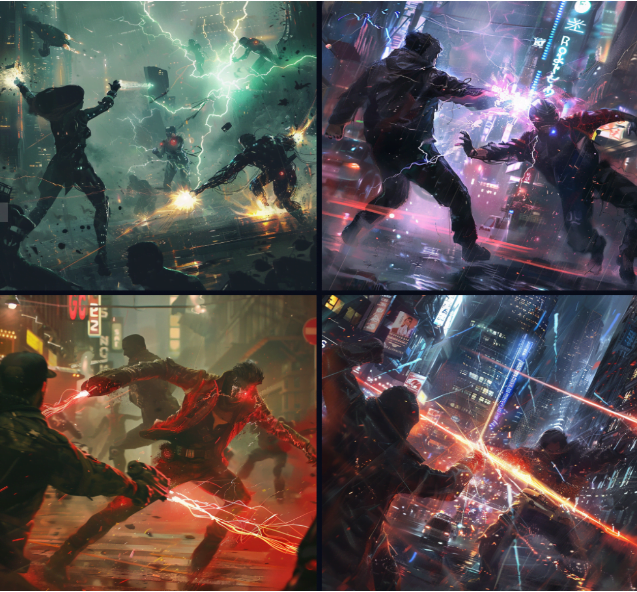
Steps To Writing A Superpower Fight Scene
- Establish Powers and Limitations:
Clearly define the superpowers possessed by each character involved in the fight, as well as any limitations or weaknesses they may have. Understanding the extent of each character’s abilities will help you create realistic and compelling conflict.
- Set the Stage:
Describe the setting of the fight scene, including the environment, time of day, and any relevant features that may impact the battle. Consider how the surroundings can be used to advantage or disadvantage the characters involved.
- Create Conflict and Motivation:
Establish the motivations and goals of each character in the fight. What are they fighting for? What do they hope to achieve or prevent? Conflict arises from the clash of these motivations, driving the action forward and keeping readers engaged.

- Plan the Action Sequences:
Choreograph the fight sequences in detail, considering the abilities and tactics of each character. Think about how their powers interact with each other and the environment, and incorporate moments of tension, suspense, and surprise to keep readers on the edge of their seats.
- Show, Don’t Tell:
Use descriptive language and vivid imagery to bring the fight scene to life. Show the impact of each blow, the crackle of energy, and the swirling chaos of battle. Engage the senses of sight, sound, and touch to immerse readers in the action.
- Balance Powers:
Ensure that the powers of each character are balanced to create a fair and compelling fight. Avoid making any character too overpowered, as this can undermine the tension and suspense of the scene.
- Include Emotional Depth:
Explore the emotional stakes of the fight scene by delving into the thoughts and feelings of the characters involved. Show how they react under pressure, grapple with their fears and doubts, and draw on their inner strength to persevere.
- Build Tension and Pacing:
Build tension throughout the fight scene by escalating the stakes and increasing the pace of the action. Use short, punchy sentences and paragraphs during intense moments, and slower, more reflective prose during quieter moments of character interaction or internal monologue.
- Provide Resolution and Consequences:
Bring the fight scene to a satisfying resolution that advances the plot and develops the characters. Consider the consequences of the battle on the characters and the wider story, and use the outcome of the fight to propel the narrative forward.
- Edit and Revise:
After writing the initial draft of the fight scene, review it carefully for clarity, coherence, and impact. Trim any unnecessary details or repetitions, and ensure that the progression of the fight is logical and easy to follow. Consider seeking feedback from beta readers or critique partners to identify areas for improvement.
By following these steps and honing your craft through practice, you can write compelling and memorable superpower fight scenes that leave readers exhilarated and eager for more.
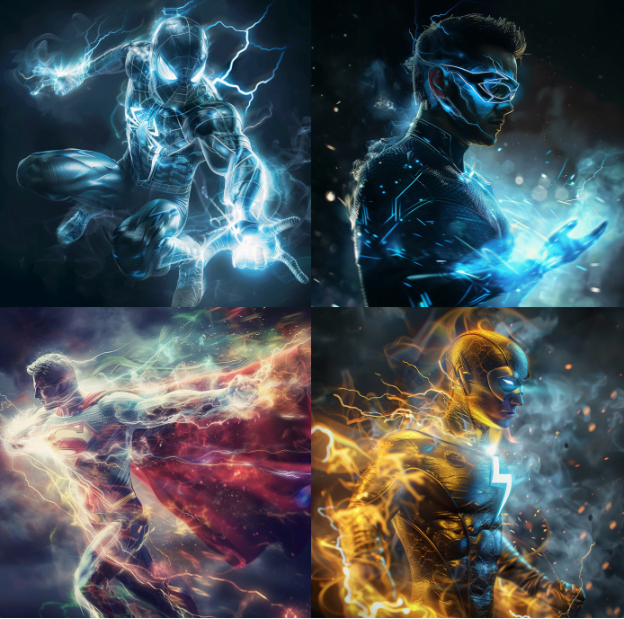
Here are some examples of well-written fight scenes involving superpowers from books:
“Steelheart” by Brandon Sanderson:
In “Steelheart,” the protagonist David faces off against powerful individuals known as Epics, who possess extraordinary superpowers. Throughout the book, there are several intense and inventive fight scenes where David, armed with his knowledge of Epics’ weaknesses, confronts these formidable foes. Sanderson’s meticulous worldbuilding and attention to detail make the superpowered battles in “Steelheart” both thrilling and strategic.
“Vicious” by V.E. Schwab:
In “Vicious,” Victor and Eli, two former friends turned bitter enemies, develop superhuman abilities after a near-death experience. As their rivalry escalates, the novel features several gripping fight scenes where Victor and Eli clash, each using their powers in increasingly creative and deadly ways. Schwab’s sharp prose and intricate characterization add depth and complexity to the superpowered conflicts in “Vicious.”
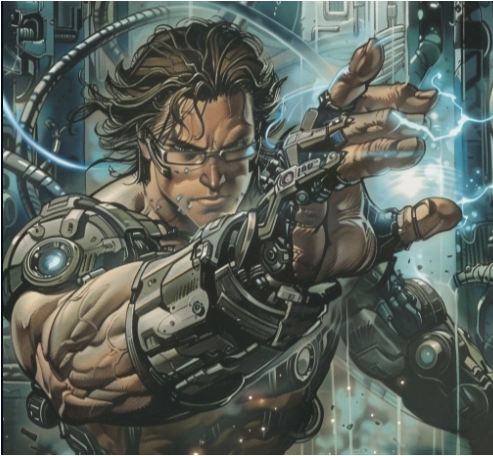
“The Reckoners” series by Brandon Sanderson:
Similar to “Steelheart,” “The Reckoners” series by Brandon Sanderson follows a group of rebels fighting against tyrannical Epics who rule over society with their superpowers. The books are filled with action-packed fight scenes where the protagonists, armed with ingenuity and technology, face off against seemingly invincible foes. Sanderson’s talent for crafting intricate magic systems and dynamic action sequences shines in “The Reckoners” series.
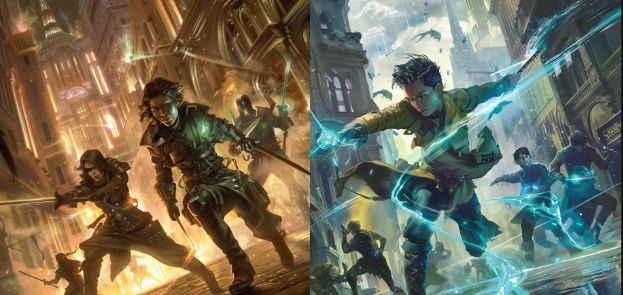
“Renegades” by Marissa Meyer:
In “Renegades,” Marissa Meyer explores a world where superpowered individuals, known as Renegades, protect society from villains known as Anarchists. The novel features numerous exhilarating fight scenes as the protagonist, Nova, navigates the complex dynamics between the Renegades and Anarchists, using her own unique abilities to outmaneuver her adversaries. Meyer’s vivid worldbuilding and complex characters add depth and intrigue to the superpowered conflicts in “Renegades.”
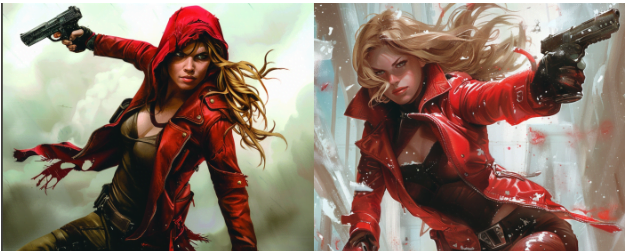
These examples showcase how talented authors use superpowers to create gripping and immersive fight scenes that drive the plot forward and keep readers on the edge of their seats.
What makes a good fight scene in a book?
A good fight scene in a book is one that is immersive, emotionally resonant, and propels the story forward. Here are some key elements that contribute to the effectiveness of a fight scene:
Clarity: The action should be easy to follow and visualize. Avoid overly complex choreography or confusing descriptions that may leave readers feeling disoriented.
Tension and Stakes: The stakes of the fight should be clear, and there should be a sense of tension and urgency driving the action forward. Readers should understand what the characters stand to gain or lose from the outcome of the fight.
Character Development: Fight scenes provide an opportunity for characters to reveal aspects of their personality, motivations, and growth arcs. Show how they react under pressure and make decisions in the heat of battle.
Emotional Impact: Make the reader care about the characters involved in the fight by creating emotional stakes. Show the characters’ fears, doubts, and determination, and explore the emotional toll of the conflict on them and those around them.
Pacing and Rhythm: Vary the pacing of the fight scene to keep readers engaged. Include moments of action, tension, and reflection, and use sentence structure and narrative rhythm to control the pace of the scene.
Sensory Detail: Engage the reader’s senses by describing the sights, sounds, and sensations of the fight. Use vivid imagery and descriptive language to create a visceral experience that immerses the reader in the action.
Conflict and Resolution: Build conflict throughout the fight scene, escalating the tension and stakes until reaching a satisfying resolution. Consider the consequences of the fight on the characters and the broader narrative, and use the outcome to propel the story forward.
Purpose and Relevance: Ensure that the fight scene serves a purpose within the larger context of the story. It should advance the plot, develop characters, or reveal important information rather than being included solely for spectacle.
Authenticity: Stay true to the characters’ abilities, personalities, and the rules of the story’s world. Avoid unrealistic or gratuitous violence that feels out of place or undermines the narrative integrity.
Reader Engagement: Ultimately, a good fight scene should keep readers engaged and invested in the story. It should be exciting, emotionally satisfying, and leave readers eager to see what happens next.
By incorporating these elements into your fight scenes, you can create compelling and memorable moments that enhance the overall impact and enjoyment of your book.
